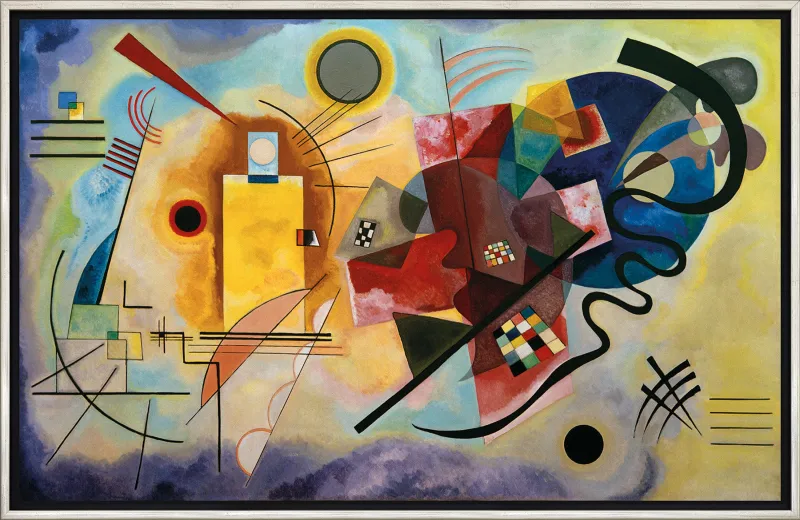My brother Aaron was nine years old when I was born. That year, he was mostly occupied by retrieving Huggies for my mother and rolling me around in a squeaky laundry basket.
He also happened to be participating in a clinical trial for attention-deficit/hyperactivity disorder medications after his recent ADHD diagnosis. The trial was meant to determine the correct combination of medication and cognitive-behavioral methods for him. After a couple months, the trial terminated, and Aaron was prescribed Adderall. Honestly, it was too easy; he was a hyper kid with shaggy hair and a penchant for fidgeting with his pencils — the poster child for ADHD.
Aaron was no anomaly. Throughout the 2000s, class clowns and problem children were detected and dosed left and right. Clinicians went so far as to say ADHD had become dangerously over-diagnosed. The catch is, they were only diagnosing boys.
This is because ADHD was defined based on the behaviors of hyperactive, young boys. For over 50 years, until 2013, the Diagnostic and Statistical Manual classified ADHD as a “Disruptive Behavior Disorder,” its diagnostic criteria pertaining dominantly to external behaviors. This conceptual model left no room for girls with ADHD, who often internalize their symptoms, exhibiting more inattention than hyperactivity. More importantly, this external-behaviors model prevails. According to Duke Psychology Professor David Rabiner, research on ADHD comes dominantly from scientific literature that is based on male subjects. The research serves the archetype, and the archetype serves the research.
So what of the undiagnosed girl?
She blames herself for executive function deficits, develops comorbid mood or anxiety disorders, and compensates with hypervigilance. She may be misdiagnosed and have a brief rendezvous with an antidepressant or beta-blocker that changes nothing. Again, she blames herself. Her self-esteem plummets, and she is alienated by her peers. She is told to not make a fuss and figure it out. All the while, her debilitating internalized symptoms are left unseen and even downplayed by her parents, teachers and knowledgeable informants because, clearly, she is doing just fine in school.
And she does fine.
I did fine. Until the rules and routines of precollegiate education disappeared. Until I realized I’d been expending half my energy just weathering my disorder. I finally went on Vyvanse at 19, and despite having wasted so much of my life on painfully unnecessary coping behaviors, I am still one of the lucky ones.
The cards are relentlessly stacked against women with ADHD. As ADHD Clinical Psychologist Dr. Ellen Littman writes, “The idealized women’s role as home manager requires multiple task coordination in a highly distracting and often unpredictable environment.” Societal expectations that they be organized and tactful cause women with ADHD such psychological distress that they forsake their own wellbeing, constantly taking on more than they can manage and self-medicating when they inevitably realize it is too much.
On top of their own self-defeating practices, women with ADHD also carry the historical burden of not being believed by medical professionals. For centuries, female hysteria was a blanket diagnosis for physical ailments from fevers to insomnia; psychiatrists theorized hysteria as a sex-selective disorder, affecting only those with a uterus. The disorder was named after the Greek “hysterikos,” meaning “suffering in the womb,” and was weaponized to trivialize women’s claims of mental illness. For many, a misdiagnosis of depression or anxiety is merely a hysteria diagnosis in new clothes. Because the scientific literature on ADHD bolsters the archetype of the hyperactive young boy, ADHD is not thought of as an emotional disorder. Thus, the woman experiencing emotional dysregulation is diagnosed as depressed long before ADHD is even considered. Worse, the frustration of misdiagnoses may actually result in comorbid secondary depression. Dr. Littman explains that clinicians’ inability to recognize or quantify the emotional side of ADHD causes women to “hide their differences, second guess themselves, and retreat when their credibility is questioned.” Thus, they remain unseen, suffer unidentified symptoms and perpetuate the invisibility of the woman with ADHD.
In response to a complex interplay of genetic, environmental and situational factors, psychologists must develop a more complex diagnostic criteria for ADHD and bolstering research that is based on a range of patient demographics. Especially with the onslaught of virtual learning that has often neglected those with attention and learning disorders, these research lacunae can no longer be ignored. With an expanded conceptual framework for ADHD diagnosis and treatment, psychologists can intervene early, support women’s personal and professional success and deconstruct ADHD stereotypes that alienate those whose symptoms present themselves differently.
Berkeley psychology professor Stephen Hinshaw asserts that girls with ADHD are at higher risk for depression, suicide attempts, self-injuring behavior, eating disorders and substance abuse. He recognizes the flawed research that landed us here, but he also believes in the transformative potential of future research that centers marginalized demographics with ADHD.
Until then, as a previously undiagnosed girl, I urge you to reject the constricting archetype of the hyperactive young boy and promote the visibility of the woman with ADHD.
And if you are the woman with ADHD, here is your reminder that all your hypersensitivity, all your inattention and all your dysregulation is valid. Your ADHD experience is valid. And I hope that you will grow to feel seen and welcomed as the world learns this.
The Daily is committed to publishing a diversity of op-eds and letters to the editor. We’d love to hear your thoughts. Email letters to the editor to eic ‘at’ stanforddaily.com and op-ed submissions to opinions ‘at’ stanforddaily.com.
